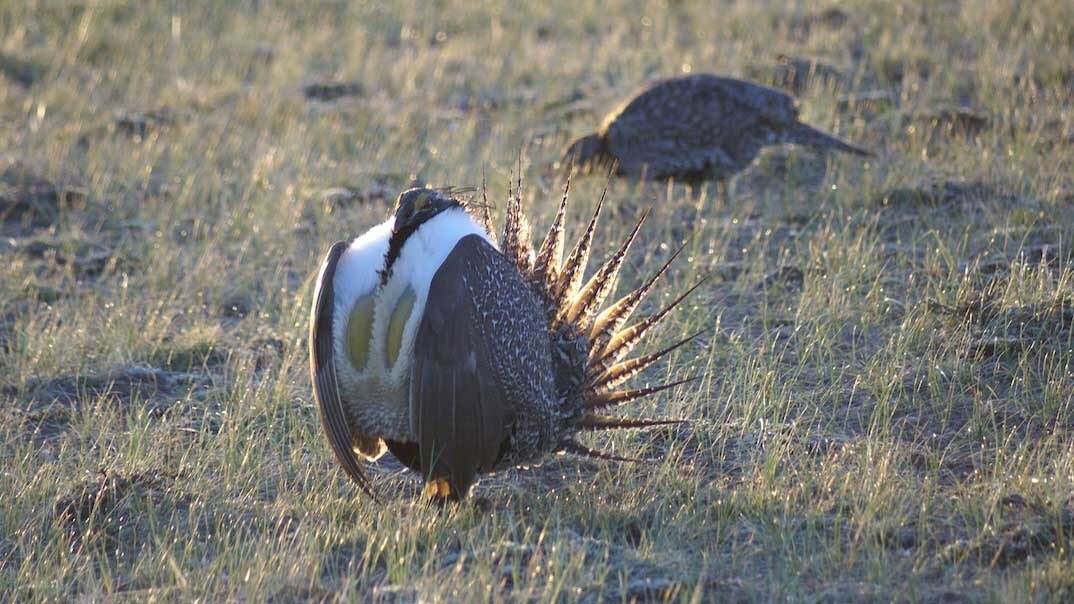By Cat Urbigkit, Range Writing columnist for Cowboy State Daily
The first sign of spring on the ranch is usually something heard rather than seen: the soft, warbling song of a bluebird’s early dawn message.
Once I hear that inviting warble, I scan the landscape, looking for the flash of blue that signals the song-vessel-from-the-South has returned. The bluebirds are our earliest harbingers of spring, and I often wonder how those tiny winged bodies manage to survive our often-brutal spring storms. I always fear they’ve returned too early.
Usually within a few days I’ll hear one of the most joyful sounds of nature, the trilling call of sandhill cranes bursting forth from the meadow, their calls rolling out across the landscape for miles. It takes me a while to find the cranes, and they are breath-taking in magnificence as these large birds flap their wings as they call out, jumping up and down as if doing the happy dance of spring.
The smallest and most common falcon on the continent, the American kestrel, is also one of these early arrivals, soon followed by other raptor species. Skunks and badgers are more active during the day, and prairie dogs are up out of their burrows.
By late March, Greater Sage Grouse congregate to strut on their traditional leks (breeding grounds). They are mostly comical to watch, making their swishing and popping noises as they strut, showing the hens just how gorgeous they are but occasionally breaking into fights before strutting past the females again.

The massive spring migration of the Sublette mule deer herd started weeks ago, and in the last 10 days the pronghorn antelope have followed, chasing the green wave of fresh vegetative growth with snowmelt in higher elevations. These animals look great this year – unlike last year’s deer that literally staggered past, with ribs and hips clearly visible.
Although we woke up on Easter Sunday to about six inches of fresh snow, it’s been a typical western Wyoming spring. Within days of raging ground blizzards followed by cold temperatures, the skies clear (‘bluebird’ days), and the glaring suns causes rapid snowmelt. We go from wearing insulated coveralls to t-shirts on the same day. And then the cycle repeats.
The coronavirus pandemic has humanity living in uncertainty, and in adverse conditions for planning. Humans are natural planners, and our inability to plan for days in the future troubles us.
In contrast, dogs are joyous beings, living in the moment as they do. To watch a puppy bounding around outside is to witness sheer jubilation, as it rolls on the ground, mouths a found leaf or stick with enthusiasm, then casts it aside to bound after a squirrel or a bug. That puppy attention span – that living in the moment life – is a merry one.
Those who view uncertainty as precarious may want to follow the examples offered by the animal world. Living in the moment may provide joy as we begin to notice that the natural rhythms of the universe continue. Things like spring migrations.
In these days of uncertainty, nature provides certainty.
Cat Urbigkit is an author and rancher who lives on the range in Sublette County, Wyoming. Her column, Range Writing, appears weekly in Cowboy State Daily. To request reprint permission or syndication of this column, email rangewritesyndicate@icloud.com.





